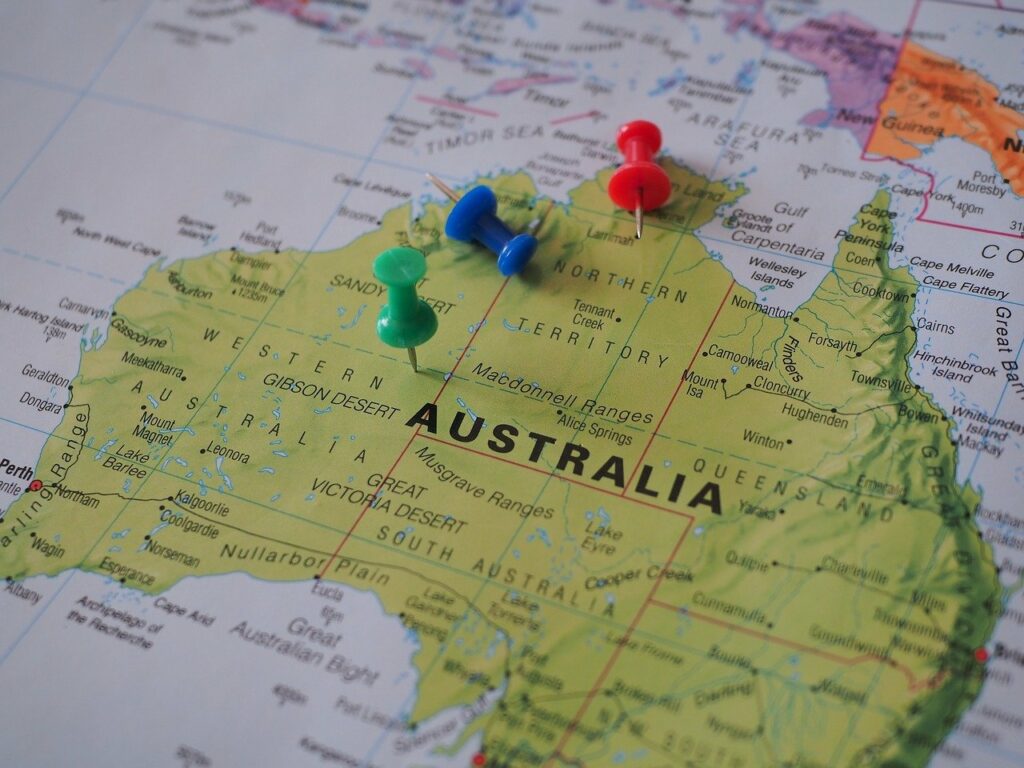The Australian government’s commitment to renewable hydrogen development is evident in its allocation of $2 billion for round two of the Hydrogen Headstart program.
This funding is part of a larger $7.1 billion package for renewable energy initiatives administered by the Australian Renewable Energy Agency (ARENA). The program aims to bridge the commercial gap between the cost of producing renewable hydrogen and its market price by offering production credits over ten years to large-scale projects.
The first round of the Hydrogen Headstart program, also worth $2 billion, is already underway, with six applicants shortlisted to submit full applications by the end of 2023. Recipients are expected to be announced in late 2024. This initiative underscores the Australian government’s strategic intent to position the country as a leader in the global renewable hydrogen industry.
ARENA CEO Darren Miller emphasized the significance of the program, stating, “Hydrogen Headstart represents an important step towards Australia becoming a global renewable hydrogen leader. The current shortlisted applicants for Round 1 highlight the commitment from the private sector to develop this new industry.”
While Australia’s investment in hydrogen is commendable, it is crucial to examine these efforts against global benchmarks. For instance, the European Union has committed significant resources to hydrogen research and infrastructure, with the European Green Deal aiming to produce up to 10 million tons of renewable hydrogen by 2030. Similarly, countries like Japan and South Korea have established comprehensive hydrogen strategies, focusing on technological innovation and international partnerships.
Australia’s $4 billion investment in the Hydrogen Headstart program (across two rounds) is substantial but needs to be contextualized within these broader international efforts. The scale of funding and the ambition of these programs highlight the competitive nature of the global hydrogen market.
